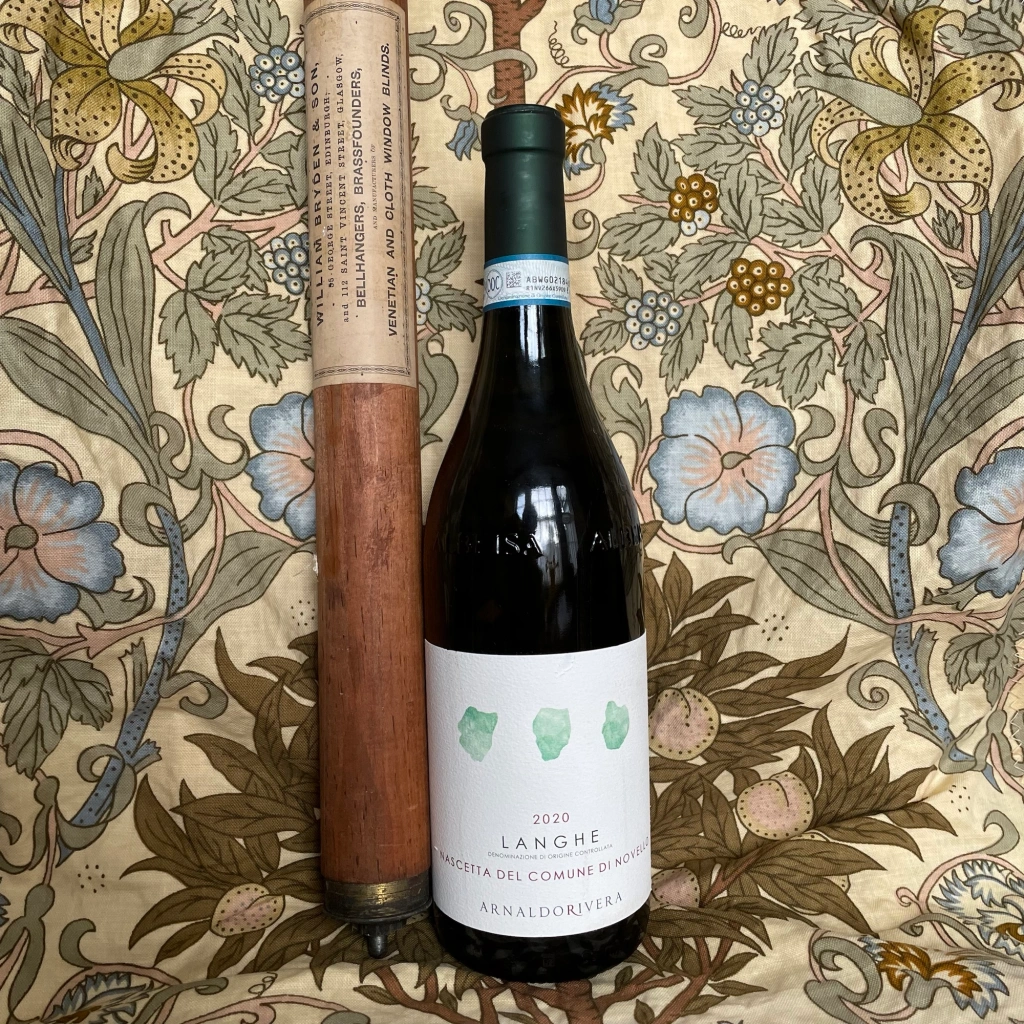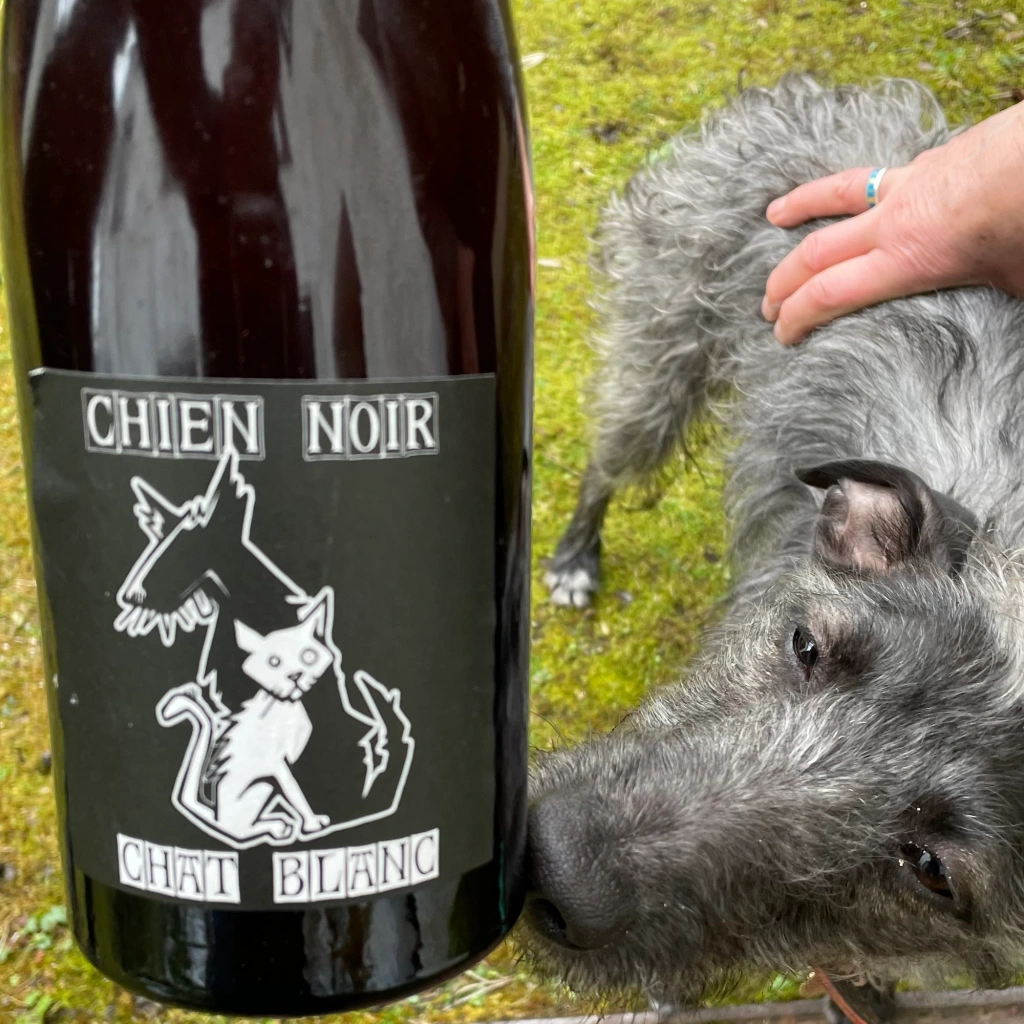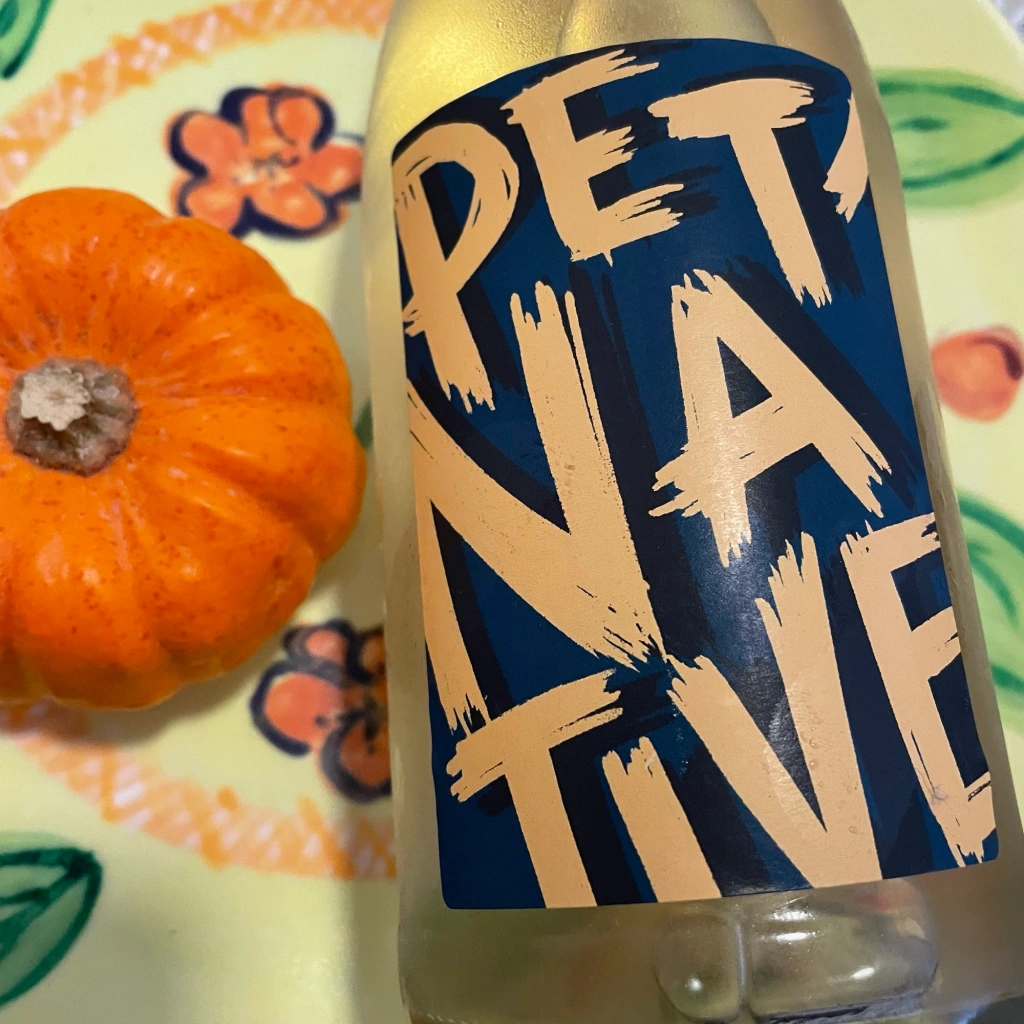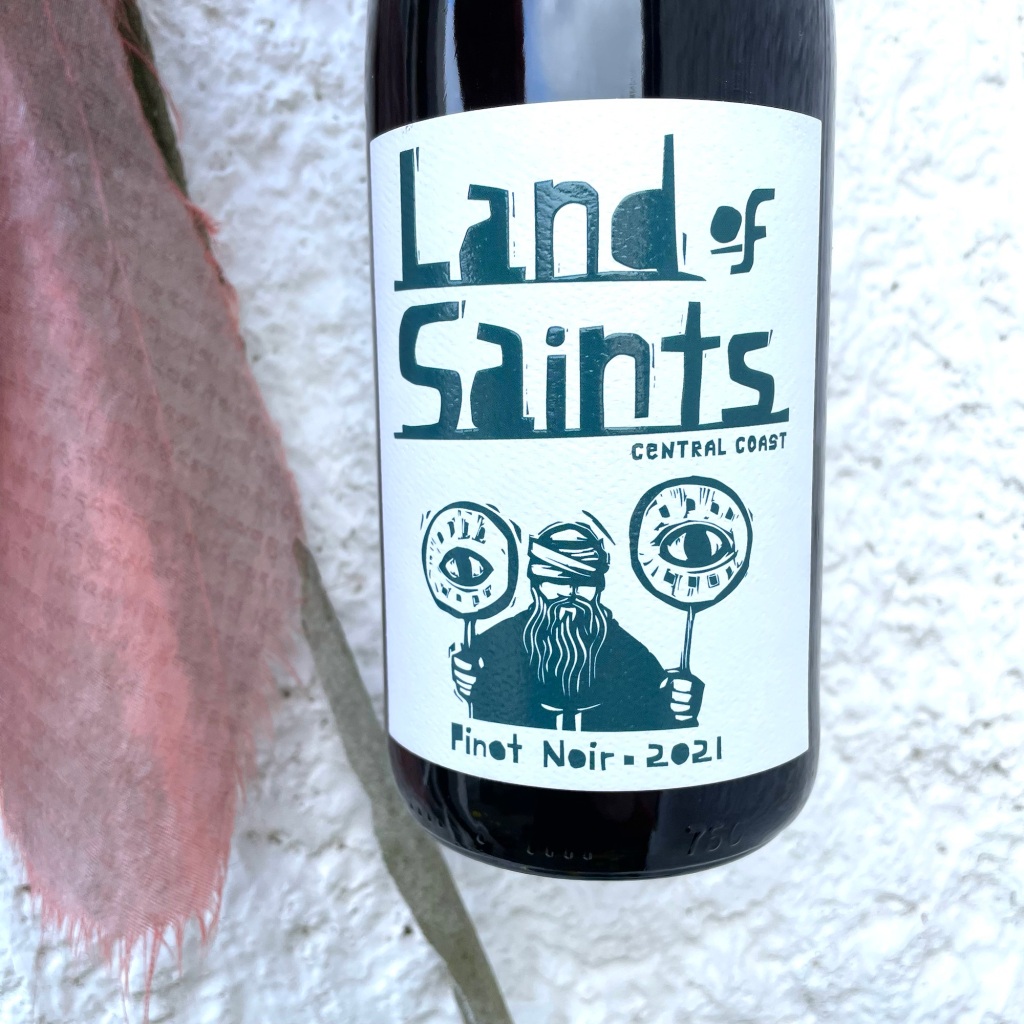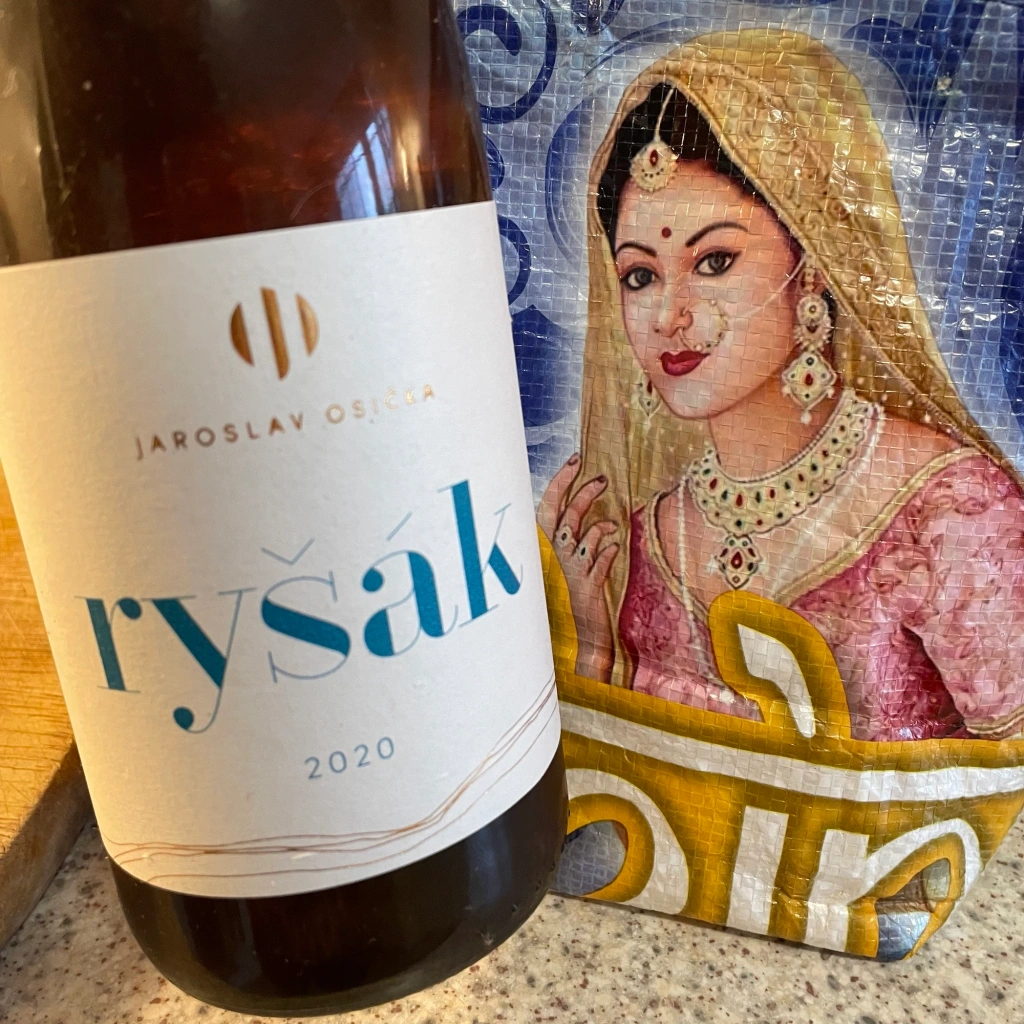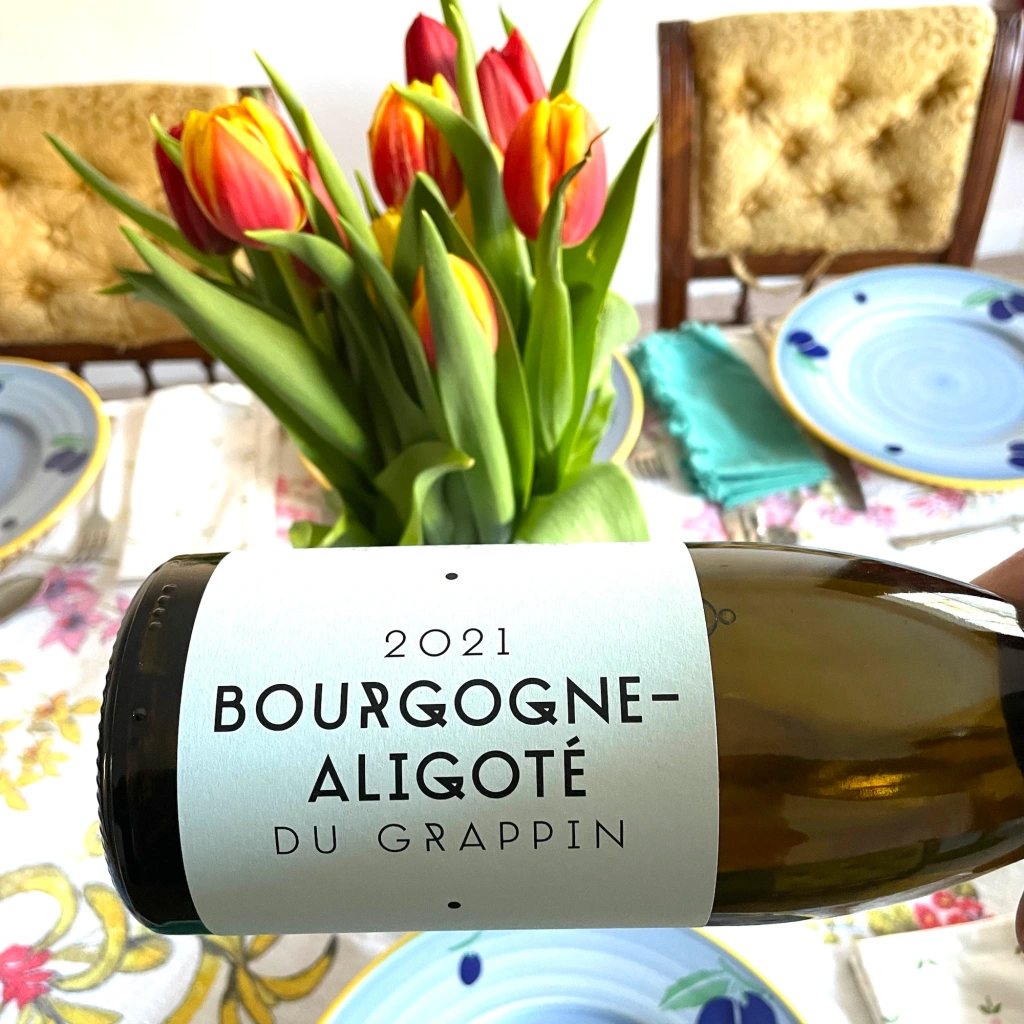I am working through my list of feature articles about some very special wine merchants. I’ve written about Feral Art et Vin in Bordeaux, and Butlers Wine Cellar in Brighton. Next up, The Solent Cellar in Lymington, Hampshire. Lymington is, it’s fair to say, a sleepy conservative town on the south coast, on the edge of the New Forest. There are many second home owners, and a number of yacht marinas, plus one of the ferries which ply over to the Isle of Wight. It is certainly an attractive town, and on a Saturday there’s a great street market which would give a good French market a run for its money.

Simon and Heather Smith used to work for Majestic, although in Dorset and Surrey, not in Lymington (the Lymmo store is of a more recent vintage). Heather also trained at the famous cookery school, Ballymaloe, in County Cork, Ireland. They both felt a bit constrained by the narrowing range of their employer, and opened Solent Cellar in a prime location at the top of Lymington’s main street in 2011.
With family in Lymington, I used to pass the shop fairly frequently, but I resisted going in for some time. First, I thought I had enough wine shops to stay loyal to, but I also rather stupidly underestimated what I might find inside. It didn’t take very long, once I had crossed the threshold, for this shop to become one of my favourite wine retailers in the country, and so it remains to this day.

Aside from the adventurous nature of the wines on the shelves, Simon in particular has become one of those rare retailers who I know I can trust 100% with any recommendation. Every wine he suggests I buy hits the spot because he’s taken the time and trouble to get to know my admittedly odd tastes. Perhaps because he shares many of them.
To be fair, I think it has worked both ways, as I have definitely introduced Simon to all sorts of things. Not least among these, the Jura in France (both its wines and the place). Simon now has a far better collection of Vin Jaune than I can boast, and his passion for poulet aux morilles et Vin Jaune is certainly equal to my own. Not to mention the Bugey and Swiss wines, among others, which have appeared on the shelves, though I wonder whether they regret my cajoling there. Is Lymington ready for Bugey? I think the regular summer listing of Tim Wildman’s petnat Astro Bunny may be down to a bottle I took down a few summers ago.
I asked Heather and Simon how wine retailing had changed over the time they’ve been trading. When they opened, they were the only non-supermarket wine retailer in the town. Now there’s competition [of sorts] but increasing the amount of wholesale business, converting the shop garden for events, plus external events and tastings, has given Solent Cellar a far greater profile in the town. Today about 60% of the business remains retail, 30% wholesale (mostly pubs and restaurants) and 10% the rest (including online sales and wine sold at the pop-up shop and garden events).
The pandemic saw a massive change in shopping habits, says Heather, and as a small retailer Solent Cellar was able to adapt and respond quickly and flexibly, with deliveries and online sales (their online shop launched back in 2015). As Heather and Simon agree, convincing people to spend a bit more than the supermarkets charge was a challenge but the pandemic helped customers to see the value of good knowledge and good, personal, service. It helped create even more loyal customers. In a town with many second home owners who came down, often from London, in Lockdown, they were perhaps more used to buying quality wine and seeing the value of paying a bit more than the usual Tesco fodder. This established a market that has remained loyal.
Simon says “for me, the biggest achievement is still being here after thirteen years and still growing. The biggest challenges are all the red tape after Brexit which makes importing ourselves that much harder. Also, finding good staff and developing their knowledge isn’t easy. We now have a great team of three alongside Heather and myself”.
That team consists of “Simon C” who came from managing at Majestic (confusing to have a shop manager also called Simon), Kate (currently doing her WSET Level 2) and Cam “who previously worked in the wine trade in Scotland, another great addition to the team, as well as being our Whisky Girl”.
Becoming a direct importer is one way many retailers are helping their margins and therefore keeping prices down. If done well, this can bring in unique offerings, but it does require constant travel, both to keep relationships going and to find new suppliers. Solent Cellar has managed to get a good foothold in Chablis, Provence and The Loire. Their Château Maravenne Provençal Rosé wines are massively popular in the summer, especially at the Lymington Seafood Festival where it’s pretty much the house wine. The Chablis from Domaine Gueguen are really popular wines too.


Some of Solent Cellar’s own imports, including, on the left, the first Rosé shipment for summer
This year staff have already visited Champagne, The Loire, Rioja, Piemonte and Provence. These may sound like perks. They are work, but yes, it’s a nice thing to be able to do for your staff. Of course, the trade tastings in London are shared around as well, which means staff get a chance to broaden their palate, and have some input in what is taken onto the list.
Simon hits the nail on the head about another big challenge. “One of our suppliers said that £15 is the new £10. We’ve always wanted to keep our regulars happy with a good range of every day wines alongside our more specialist offering but it’s a real challenge to find bottles we are happy to have on the shelves at £10-£12 now”. That’s why direct importing helps. In addition to the estates already mentioned “we began last year working with Gael Felix in Quincy and Domaine de la Croisée in Pouilly Fumé. We’re excited as they are just starting out but are making some fantastic wines”.
Solent Cellar stocks a great range of some of the Loire’s finest names, Sanzay, Guiberteau and Alliet for example (check out their deep Loire offering, I could easily buy a case of just Loire wines from this shop), so adding in a couple of new and dynamic producers from the same wider region to the list of those they import themselves is a smart move. It means they can group wines together to bring in mixed pallets, which naturally cuts costs.

Just part of the Loire selections
Simon thinks The Loire is the last of the French classic regions where you can buy fine wines at affordable prices, and wines which are genuinely value for money. I would add that at least right now, frosts aside, the ripeness now being achieved with Cabernet Franc is really showing what potential this variety has.
I asked Simon what he’d like to sell more of? “Sherry never seems to quite enjoy the comeback always hinted at in the press. German wines are also under appreciated, both dry and off-dry styles. I’d like to sell a bit more Aussie but it seems to have fallen out of favour, and darker Rosé wines, because I like a challenge.”
I wondered whether there’s a big increase in the market for English wines? Heather says that the tourists often want to try a local wine, and there has been a noticeable increase in the market for English Sparkling Wine. “When we get any of Tim Phillips’s Charlie Herring Wines that sparks a lot of interest, especially online. We sell a lot of Langham and Black Chalk. Domaine Hugo is now listed too, among others. However, they also sell a fair bit of Champagne, especially the Les Riceys producer, Gallimard, which is pretty much like their House Champagne (I have a few magnums myself awaiting a forthcoming event).
Italy is also an expanding part of the range, and the shelves are packed with so many interesting bottles. Tuscany, of course, does well, but Piemonte, especially the outliers like Carema and Gattinara (which Simon and Heather visited this winter) are gaining traction.
What of outside events? Tasting events are very well attended, as are regular garden events. The walled garden behind the shop makes for a very special place for food popups and as Heather says, “we try to open wines which customers might not normally try. It’s a nice way for a larger crowd to enjoy a few glasses of wine with food in a less formal situation than a tutored tasting. Bottles are always available to purchase on the night.”

“The Lymington Seafood Festival allows us to reach a much wider audience. If the sun shines, we sell lots of Rosé, and many of the wines we ship from the Loire are also seafood friendly. We also now have the chance to use a bigger venue at the Coffeemongers Roastery on the edge of town, where we can put on tastings for more people than can fit into the shop. We are doing a rum tasting there this Friday (26 April)”.
I had to ask about Jura. Heather: “We probably have a ridiculous amount of Jura wines for such a traditional town like Lymington. We do love a challenge”. I’ve always been impressed by the commitment here to Jura wine, partly because I think it was my own enthusiasm that helped nudge Simon and Heather towards their first visits to the region (they are now old hands). That photo of Vin Jaune bottles is astonishing because I doubt anyone else retailing wine in the UK could match it (and I’m not sure it’s even comprehensive).

Shhhh! Some VJ
Of course, some wines are available in such tiny quantities that they sell quickly, but I can always find bottles to buy from the Jura. A recent visit to the region has led to them adding Domaine Mouillard, including their Château-Chalon, which I have yet to try. Of the same estate’s L’Etoile, Simon says it was “recently delicious with a roast chicken followed by a cheese board”. That is classic L’Etoile, for sure.
What else do the Smiths like to drink at home? Beaujolais, especially Foillard, German wines (they usually stock Falkenstein, Prum and a few auction bottles from the likes of Lauer and Schaeffer etc). The most recent German wine I opened from Solent Cellar was an excellent Sylvaner from Rudolf May. Heather professes to like lighter reds at this time of year, Mencia, Gamay and Nebbiolo, but “always Sherry, especially Fino/Manzanilla, there’s always one chilling”. The couple have run the Sherry Half-Marathon in Jerez a few times, and try to get down there most years. Simon is currently on a deep Chenin Blanc journey (Les Terres Turones Montlouis and Guiberteau Saumur Blanc getting special mentions).
Among the most impressive bottles from the shop recently have been Marie Courtin Champagnes, which they both describe as “Absolutely stunning”. The fabled unicorn, Rousset Jura Aligoté, got a massive thumbs-up at the last staff event, along with the Domaine Chanzy Bouzeron Clos de la Fortune VV, a star wine they introduced me to last year (I’d never tried it and as an Aligoté lover I can tell you…).
The Solent Cellar is at 40 St Thomas Street, Lymington, Hampshire, SO41 9ND, tel 01590 674852
Closed Sundays and Bank Holidays, opening times via their web site:
thesolentcellar.co.uk .
They have given me at least ten years of friendly service and excellent advice, and as I have said before, they are just like a London wine shop in a sleepy but very pretty town in the New Forest. If you are in the vicinity, definitely pop in, but do check out their web site, especially if you have similar tastes to mine and like buying wine from really nice people. It is worth much more than a mere detour.










